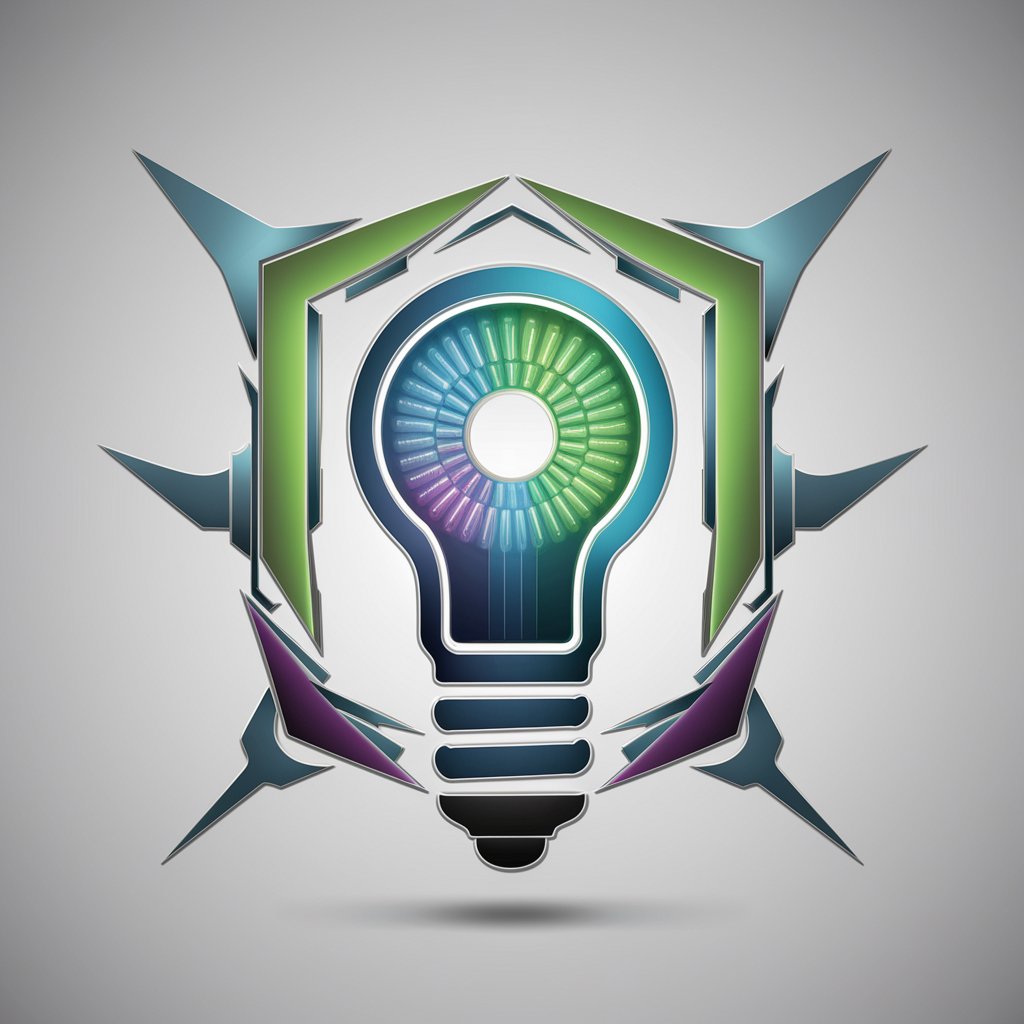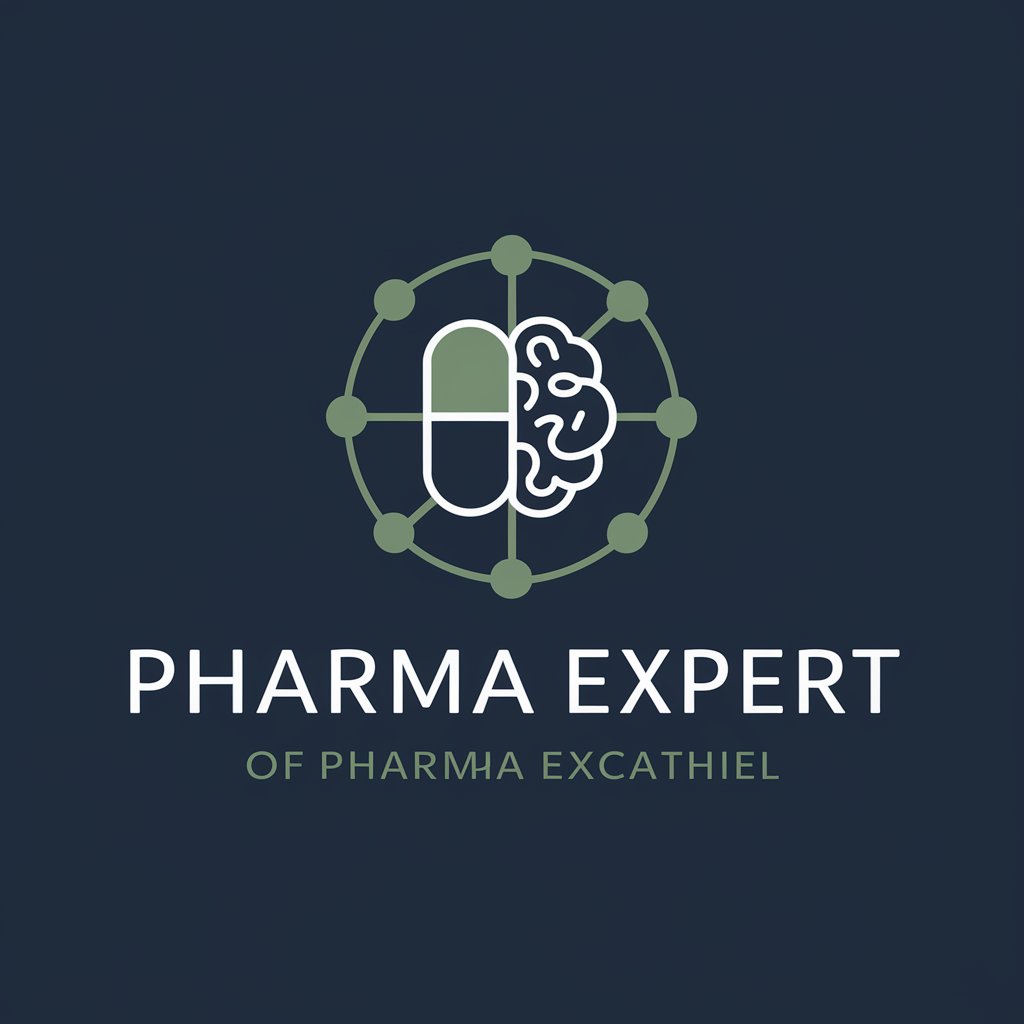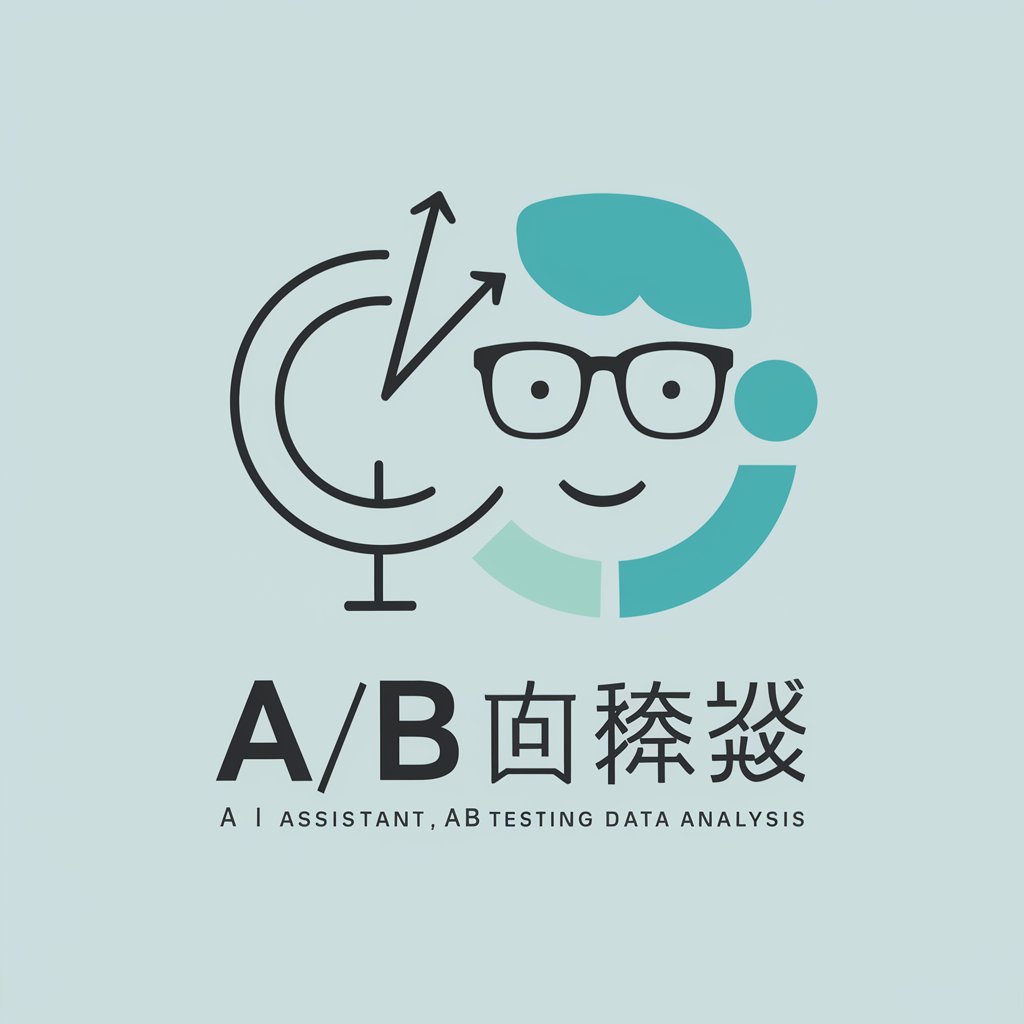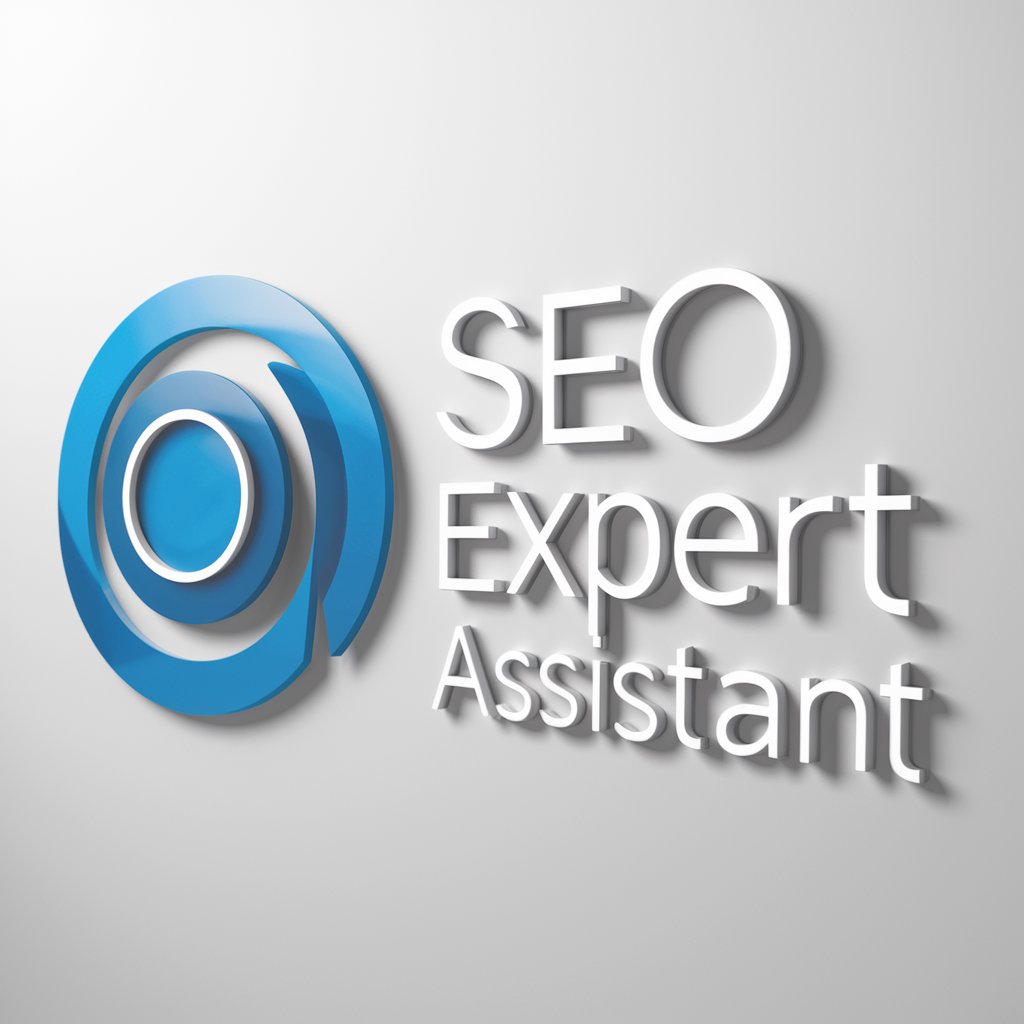LED - LED Technology Insights

Welcome! Let's dive into the world of LED technology.
Illuminate Efficiently with AI-Powered LED Guidance
Explain how LED technology has advanced over the years and its impact on energy efficiency.
Compare the energy consumption of LEDs with traditional incandescent bulbs.
Describe the various applications of LEDs in different industries.
Discuss the benefits of using LEDs in residential lighting.
Get Embed Code
Overview of Light Emitting Diodes (LEDs)
Light Emitting Diodes (LEDs) are semiconductor devices that emit light when an electrical current passes through them. Unlike traditional incandescent bulbs that produce light by heating a filament, LEDs create light through electroluminescence, a process where electrons recombine with holes within the semiconductor, releasing energy in the form of photons. This process makes LEDs highly efficient, with a longer lifespan and lower energy consumption compared to other lighting technologies. LEDs can emit light of various colors based on the materials used in the semiconductor. Their compact size, durability, and versatility allow for a wide range of applications, from general lighting in homes and businesses to digital displays, automotive lighting, and advanced communication technologies. Powered by ChatGPT-4o。

Primary Functions and Applications of LEDs
Energy-Efficient Lighting
Example
Residential and commercial lighting
Scenario
LEDs are widely used in homes and commercial buildings to reduce energy consumption and electricity costs. For example, replacing incandescent bulbs with LED bulbs in a household can significantly cut down on energy bills while providing the same level of brightness.
Indicator and Signage
Example
Traffic lights and electronic signs
Scenario
LEDs are ideal for use in traffic signals and digital signage due to their brightness, visibility in daylight, and long lifespan. This application ensures safer and more reliable traffic management and advertising.
Backlighting
Example
LCD displays in TVs, smartphones, and laptops
Scenario
LEDs provide backlighting for LCD displays, enhancing the color and brightness of screens in televisions, smartphones, and laptops, thereby improving the user experience with vibrant images and energy efficiency.
Medical and Therapeutic Devices
Example
Phototherapy devices
Scenario
In the medical field, LEDs are used in various therapeutic devices, such as phototherapy for treating skin conditions like jaundice in newborns or psoriasis, showcasing their versatility beyond lighting.
Agricultural Growth
Example
LED grow lights
Scenario
LED grow lights support plant growth in indoor and vertical farming by providing a spectrum of light tailored to the needs of plants, promoting photosynthesis and reducing energy costs in controlled agricultural environments.
Target Users of LED Technology
Environmental Conscious Consumers
Individuals and businesses aiming to reduce their carbon footprint and energy consumption find LEDs attractive for their efficiency and long service life, aligning with sustainability goals.
Tech-Savvy Users and Industries
Users keen on adopting the latest technologies for home automation, smart lighting solutions, or high-quality displays are drawn to LEDs for their advanced features and versatility.
Health and Wellness Sector
Healthcare providers and wellness industries that utilize therapeutic devices benefit from LEDs' precise light spectrum capabilities, aiding in treatments and health monitoring.
Agricultural Sector
Farmers and agricultural businesses using indoor farming techniques rely on LED grow lights for their ability to enhance plant growth efficiently, making them integral to modern agricultural practices.

How to Use LED
Start with a Free Trial
Begin by exploring yeschat.ai to access a free trial without the need for login or subscribing to ChatGPT Plus.
Identify Your Needs
Determine your specific needs for LED technology, whether it's for residential lighting, commercial applications, or innovative projects.
Choose the Right LED
Select the appropriate LED type based on your application, considering factors such as color temperature, luminosity, and energy efficiency.
Installation
Follow the manufacturer’s instructions for installing the LED. Ensure proper electrical connections and safety measures are in place.
Optimize Usage
For optimal experience, experiment with placement and dimming options to achieve the desired lighting effect and maximize energy savings.
Try other advanced and practical GPTs
Juliana 'Jules'
Reinventing Global Cuisines for Keto

Especialita em SEO, Copywriter e Jogador de Poker
Mastering Poker Content with AI Power

EcoGPT
Powering Sustainability with AI

Pharma Expert AI
Empowering Pharma Decisions with AI

What A Lovely View meaning?
Elevate Your Content with AI

A/Bテストくん”AI. ABTestingAgent
Optimize with AI-Powered A/B Testing

Giggle Gear
Making Learning Fun with AI

AI Ads Creator
Empower Your Ads with AI

SEO Expert Assistant
AI-Powered SEO Strategies Customized for You

StratéGénie
Empowering Your Strategy with AI

HTML Table Cleaner and Formatter
Streamline tables with AI-powered formatting

John Bunyan Bot
Bringing Puritan Wisdom to Modern Queries

Detailed Q&A about LED
How do LEDs produce light?
LEDs produce light through a process called electroluminescence, where electrical currents pass through a semiconductor material, causing it to emit light. Unlike traditional bulbs, LEDs don't require a filament to light up, making them more energy-efficient and longer-lasting.
Can LEDs help in reducing energy costs?
Absolutely. LEDs are highly energy-efficient, using up to 90% less power than incandescent bulbs. This significant reduction in energy consumption can lead to substantial savings on electricity bills over time.
Are LED lights environmentally friendly?
Yes, LEDs are considered environmentally friendly for several reasons. They consume less power, have a longer lifespan, reducing the need for frequent replacements, and are free from toxic elements like mercury, which are found in some traditional bulbs.
Can LEDs be used in any light fixture?
LEDs are versatile and can be designed to fit most types of light fixtures. However, it's important to choose the correct LED bulb that matches the fixture's requirements, such as base type and size, for optimal performance.
How long do LED lights typically last?
LED lights have a long lifespan, typically lasting between 25,000 to 50,000 hours, depending on the usage and quality of the LED. This is significantly longer than incandescent and fluorescent bulbs.
